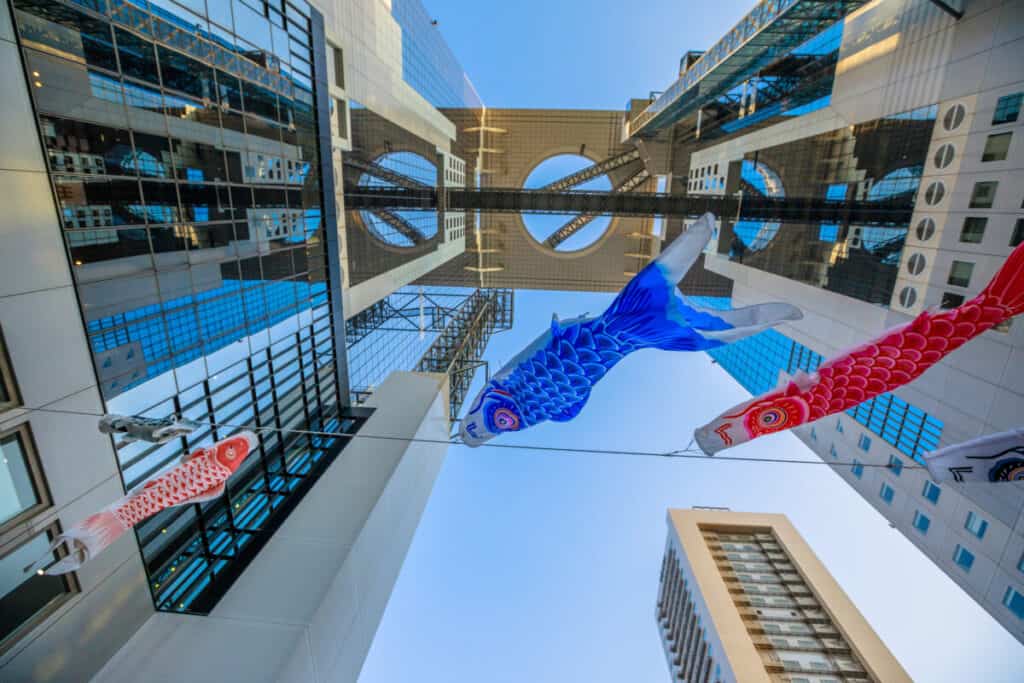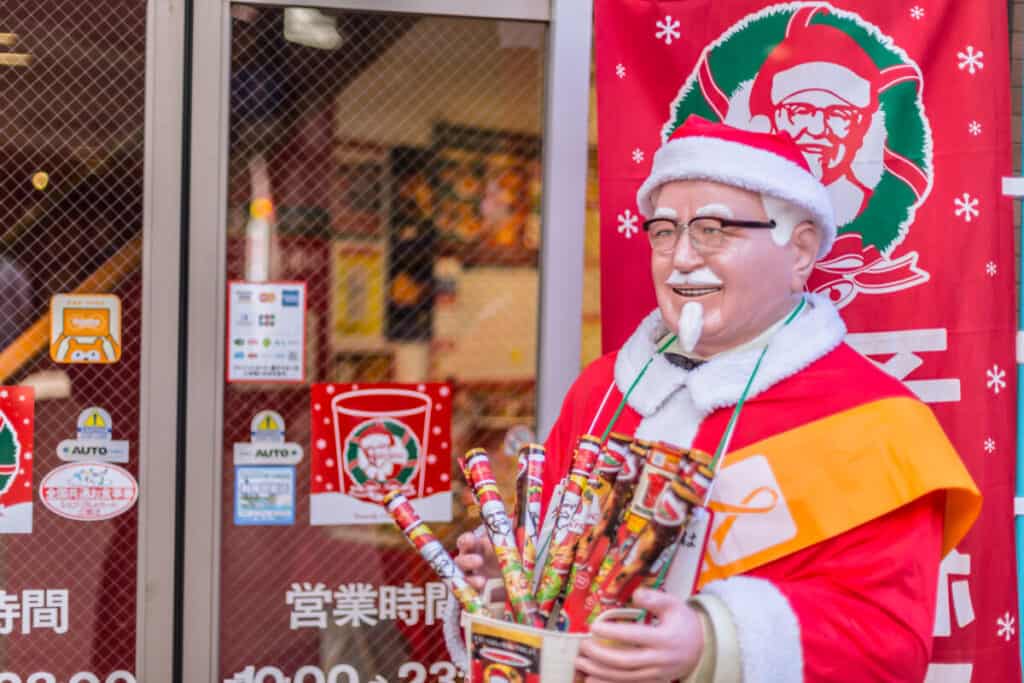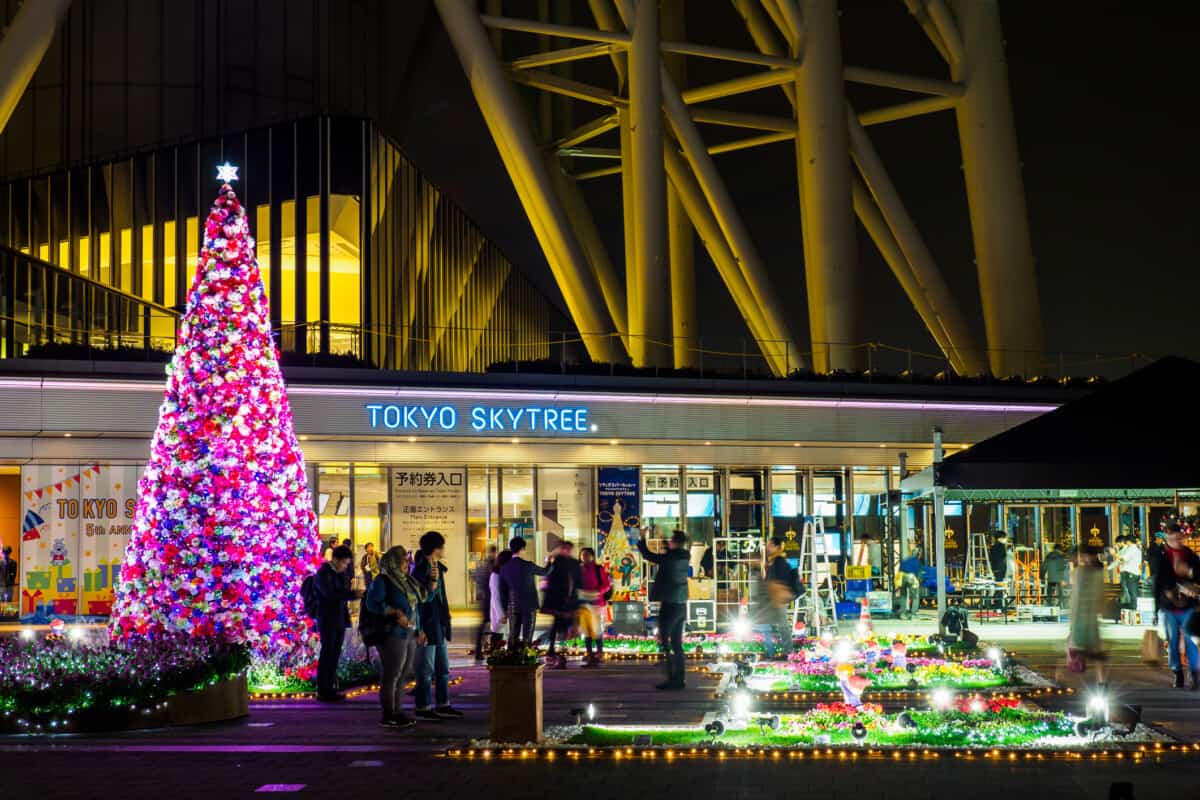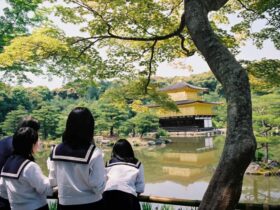When a national holiday in Japan falls on a Sunday, the next working day is designated as a public holiday. Furthermore, any day that occurs between two other national holidays, known as kokumin no kyjitsu, meaning “citizens’ holiday”, becomes a holiday.
Until Greenery Day replaced it in 2007, May 4, was sandwiched between Constitution Memorial Day on May 3 and Children’s Day on May 5, which was a yearly instance of such a holiday.

In addition to the yearly recognized holidays, some occasions of celebration or grief involving the imperial family are recognized as national holidays in the year they happen.
Since the Public Holiday Law was enacted, there have already been six occurrences of such holidays:
Most recently October 22, 2019: Official Enthronement Ceremony of current Emperor (Naruhito)
Crown Prince Akihito marries on April 10, 1959.
Emperor Shwa’s State Funeral is held on February 24, 1989.
Emperor Heisei is formally enthroned on November 12, 1990. (Akihito)
Crown Prince Naruhito marries on June 9, 1993.
Emperor Heisei abdicates on April 30, 2019.
In order to achieve a longer weekend, Japan introduced the Happy Monday System in 2000, which shifted a number of national holidays to Monday enabling a 3 day holiday weekend.
| (元日, Ganjitsu) | New Years Day (January 1) | A national holiday was created in 1948 to order to celebrate the start of the new year. The start of Japan’s most significant holiday season, the New Year season (Shogatsu). Many businesses are closed between December 29 to January 3. |
| (成人の日, Seijin no Hi) | Coming of Age Day (Second Monday of January) | This national holiday was created in 1948 as a day to honor and encourage those who turned twenty years old throughout the year. Ceremonies honoring these individuals are held in cities and villages around the country. It was originally held on January 15, but due to the New Monday Holiday System, it was moved to the second Monday of January 2000. |
| (建国記念の日, Kenkoku Kinen no Hi) | National Foundation Day (February 11) | This national holiday was created in 1966 (and first observed in 1967) as a day to commemorate the founding of the country and to foster patriotism. From 1872 until 1948, the 11th of February was known as Kigen-setsu, a festival honoring Emperor Jimmu’s ascension to the monarchy in 660 BCE. |
| (天皇誕生日, Tennō Tanjōbi) | The Emporer’s Birthday (February 23rd) | Since 1868, the reigning emperor’s birthday has been a national holiday. Emperor Naruhito was born on this day in 1960, thus it is presently observed on February 23. This holiday was marked on December 23 prior to Emperor Akihito’s abdication on April 30, 2019, and it was not observed in 2019. |
| (春分の日, Shunbun no Hi) | Vernal Equinox Day (March 20) | This national holiday was created in 1948 as a day dedicated to the appreciation of living things and the respect of nature. The vernal equinox was an imperial ancestral worship celebration prior to 1948. |
| (昭和の日, Shōwa no Hi) | Showa Day (April 29) | This national holiday was founded in 2007 as a commemoration of the Showa period’s occurrences. April 29 was initially observed as a holiday in Hirohito’s lifetime as his birthday, officially recognized as Emperor Showa. On this day in 1901, Hirohito was born. After Hirohito’s death in 1989, the day was renamed “Greenery Day” and continues to be a national holiday. Greenery Day was relocated to May 4 in 2007, and April 29 was renamed “Showa Day” in commemoration of Emperor Showa. The commencement of the Golden Week holiday season is marked by Showa Day. |
| (憲法記念日, Kenpō Kinenbi) | Constituation Memorial Day (May 3) | This national holiday was created in 1948 to celebrate the implementation of Japan’s postwar constitution. Golden Week overlaps with Constitution Memorial Day. |
| (みどりの日, Midori no Hi) | Greenery Day (May 4) | This national holiday is observed as a time to reconnect with nature and express gratitude for its gifts. Greenery Day was first observed in 1989 on April 29 (the deceased Showa Emperor’s birthday), but in 2007 it was changed to May 4 and April 29 was changed its name to “Showa Day.” During Golden Week, Greenery Day is observed. |
| (こどもの日, Kodomo no Hi) | Children’s Day (May 5) | A day to honor children’s individuality and make plans for their wellbeing. The Japanese version of the Dragon Boat Festival takes place on this day. Families with a son in the house may hoist koinobori (koi windsocks) and adorn their houses with armor or samurai dolls on this day and for a period of time before it. The end of Golden Week is marked by Children’s Day. |
| (海の日, Umi no Hi) | Marine Day (3rd Monday, July) | This national holiday was created in 1995 (first observed in 1996) as a day of thanksgiving for the sea’s riches and a wish for Japan’s success. Originally observed on July 20, the holiday was moved to the third Monday of July in 2003, in line with the Holidays on Monday System. |
| (山の日, Yama no Hi) | Mountain Day (August 11) | This national holiday was first established in 2014 (and celebrated for the first time in 2016) as a day to honor Japan’s mountains. It’s timed to correspond with the vacation time given out during the Bon Festival, which takes place in mid-August. |
| (敬老の日, Keirō no Hi) | Respect For The Aged Day (Third Monday September) | This national holiday was created in 1966 to honor the elderly and to commemorate a long life. It began as a rebranding of Old Folks’ Day, which was observed on September 15th. According to the Happy Monday System, it was moved to the third Monday of September in 2003. |
| (秋分の日, Shūbun no Hi) | Autumnal Equinox Day (September 23) | This national holiday was created in 1948 as a day to commemorate and remember one’s ancestors and the deceased. The autumnal equinox had been an imperial ancestor worship holiday before 1948. |
| (体育の日, Taiiku no Hi) | Health And Sports Day (Second Monday of October) | This national holiday was established in 1966 as a day to celebrate sports and promote mental and physical well-being. Originally celebrated on October 10 to honor the anniversary of the 1964 Tokyo Olympics opening ceremony, it was moved to the second Monday of October in 2000 to fit with the Happy Monday System. |
| (文化の日, Bunka no Hi) | Culture Day (November 3) | In 1948, this national holiday was established. It commemorates the Constitution’s proclamation on November 3, 1946. It is observed as a day to commemorate and promote peace, freedom, and culture. |
| (勤労感謝の日, Kinrō Kansha no Hi) | Labor Thanksgiving Day (November 23) | This national holiday was created in 1948 as an opportunity to honor workers, celebrate productivity, and express gratitude. The imperial harvest festival was held on November 23 prior to the creation of this holiday. |
Beginning in the year 2000, the 2nd Monday in January has been designated as Coming-of-Age Day.
Since 2003, the third Monday in July has been designated as Marine Day.
Since 2003, September 15 has been observed as Respect for the Elderly Day on the third Monday of September.
Since 2000, the second Monday in October has been designated as Health and Sports Day.
Additional Festivals, Events, and Holidays Not official Recognized as National Holidays
| Setsubun Beginning of spring (February 2,3 or 4) | As per the Japanese lunar calendar, the Setsubun festival is held one day before the beginning of spring. People have been holding rituals to ward off bad spirits at the start of the spring season for millennia. |
| Valentines Day (February 14) | A Japanese candy company brought Valentine’s Day to Japan (1958). In Japan, only women give men gifts (often chocolate), while men do not give gifts to women. One month after Valentine’s Day, on White Day, men are meant to reciprocate the gifts they received. |
| Doll’s Festival (Girls Day) (March 3) | Families with daughters wish their daughters a healthy and balanced lifestyle on this day. Dolls and peach blossoms are on display throughout the house. |
| White Day (March 14) | Men offer ladies chocolates or sweets on this day, which is the opposite of valentines day a month earlier (February 14). |
| Star Festival (July 7) | One common Tanabata tradition is to write one’s wishes on a sheet of paper and place it on a specially built bamboo tree in the hopes that the wishes would come true. |
| Obon Festival (August 13-15) | A Buddhist festival honoring one’s ancestors and deceased relatives. Every year during the Obon festival, it is believed that the souls of the ancestors return to our world to visit their families. |
| Seven-Five-Three November 15 | On Shichigosan, November 15, girls and boys between the ages of three and seven are honored, and their health and success are prayed for. |
| Christmas Eve-Day (December 24-25) | Christmas Eve and Christmas Day is not seen a religious holiday in Japan but rather a commercial holiday. A unique custom of the Christmas holiday is that the Japanese order KFC and has been a tradition for many decades in Japan. |
| New Year Eve (December 31) | New Year’s Eve is part of Japan’s national holiday (Shogatsu) and is celebrated in not the same way it is in the west. Shogatsu is more of a time to spend with family rather than celebrate the ending of the New Year as is done in the west. |

Japan’s holidays are a great time to explore the country. Be aware that during many holidays some business and government offices will be closed. It’s best to check with any establishment or entity before making plans.
There are thousands of local festivals held continually throughout the year and so there is a never-ending variety of Matsuri to see and experience.









